Project Opensky A340-200
review
The Airbus A340 is a four-engined, long haul wide-body commercial passenger jet aircraft. Airbus launched the A340 in June 1987 in parallel with the A330, as a single aircraft program. Both aircraft share the same wing and similar fuselage structure, and borrow heavily from the advanced avionics and composite structure technology developed for the A320. The A340-300 first flew in 1991 and entered service with Lufthansa and Air France in March 1993. The A340 is a competitor of the McDonnell Douglas MD-11 and the Boeing 777. It seats between 261 and 380 passengers, and has a range between 6,700 and 9,000 NM. The CFM International CFM56-5C4 engines are the only engine choice for the -200 and -300 variants.
The -500 and -600 variants are powered by the Rolls-Royce Trent 500 engines. The A340-500 is the longest-range variant and can fly 313 passengers in a three-class cabin layout over 8,650 nm (16,020 km). The A340-600 is with a length of 75,30 meter almost 5 meter longer than the Boeing 747-400 and with that the longest passenger aircraft in the world. It was designed as an early generation 747 replacement. The A340-600 flies 380 passengers in a three-class cabin layout (419 in 2 class) over 7,500 nautical miles (13,900 km).
Project Opensky is a freeware aircraft developer group that has been around for some time. They developed many aircraft models for FS2002 and FS2004, mostly Boeing aircraft.
This Airbus A340-200 is a fine aircraft and it does represent the A340-200 well. Each package contains the effect files, the wingview models and vc models. A 2D panel is not included, neither are the gauges for the virtual cockpit. The orginal file that contains a panel and the gauges needed for the virtual cockpit seems hard to find, but there is one here: WSPilots.com A340 panel (by Pasquale Rinaldi)
All usual animations are present, like fully animated control surfaces, dynamic flexing wings that respond to turbulence, thrust reversers that open fully on idle reverser thrust, drooping ailerons and elevators when engines are shut off, reflective cockpit windows, crash effects, dynamic shine, and much more.
During the takeoff, initial climb, final approach and landing phases of flight, you have to be careful with the stabilizer trim. The trim function is quite fast, which can result in extreme up or down movements of the nose. Also, the stabilizer trim is not animated, so it's not visible in the spotview or towerview. The rudder works, but the effect is insufficient, especially in conditions with strong crosswind - the aircraft keeps drifting off the runway. And finally, the main landing gear is sinking into the runway when landing. This is a common problem in FS2004 for a main landing gear sets with four-wheel bogies or more. In this case the result is realistic behavior of the landing gear, but the lower wheels sink into the ground first.
--
the good
the bad
License |
: | Freeware |
Panel |
: | Yes |
Virtual Cockpit |
: | Yes |
Wingview |
: | Yes |
Sound |
: | No |
Developed for |
: | FS2004 |
Compatibility |
: | FS2004 FSX |
Wingflex |
: | Yes, gear compression/lift based |
Landing gear |
: | Realistic, but sinking into runway |
Rudder effect |
: | Insufficient |
FS2004 |
: |
|
FSX |
: |
|
Links
notes
Open the aircraft.cfg file with a text editor like notepad and search for this:
[contact_points]
Then, look for the entry that starts with "//point.3="
Just remove the "//" and save the file.
Add a Comment

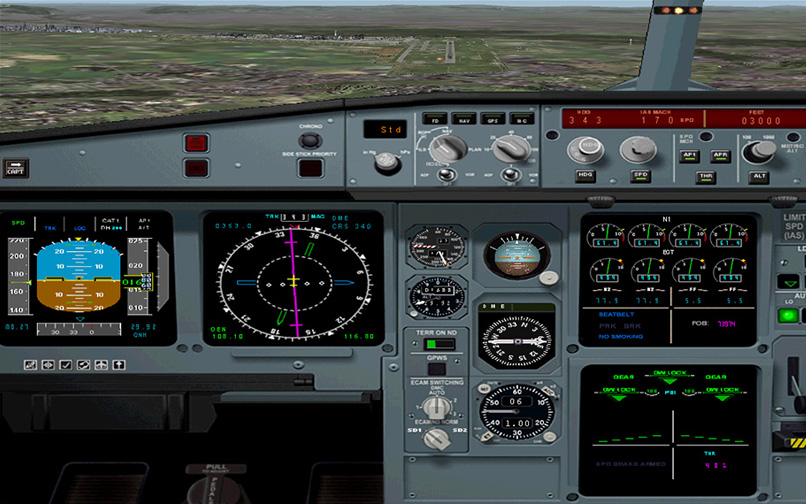
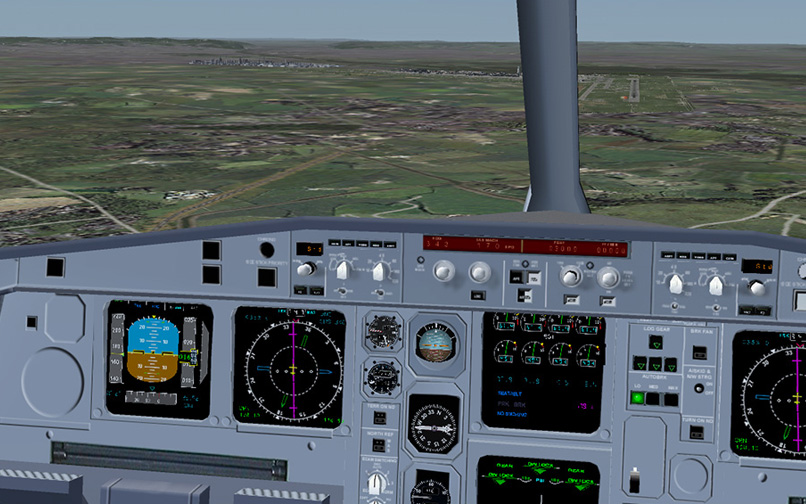
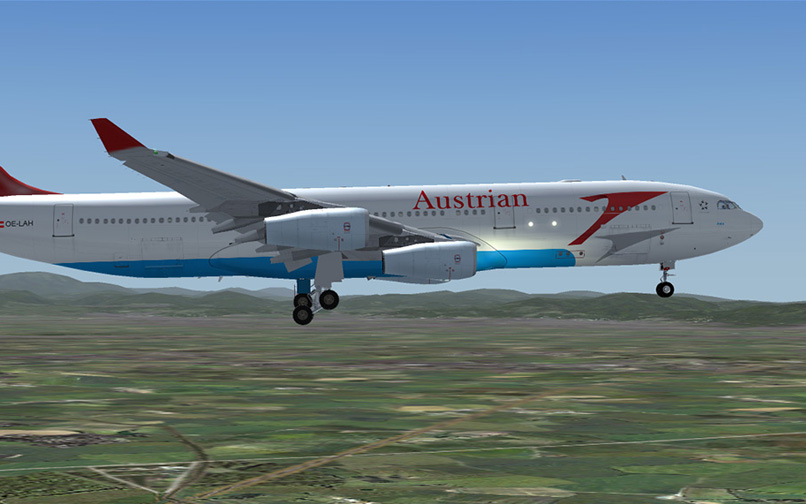
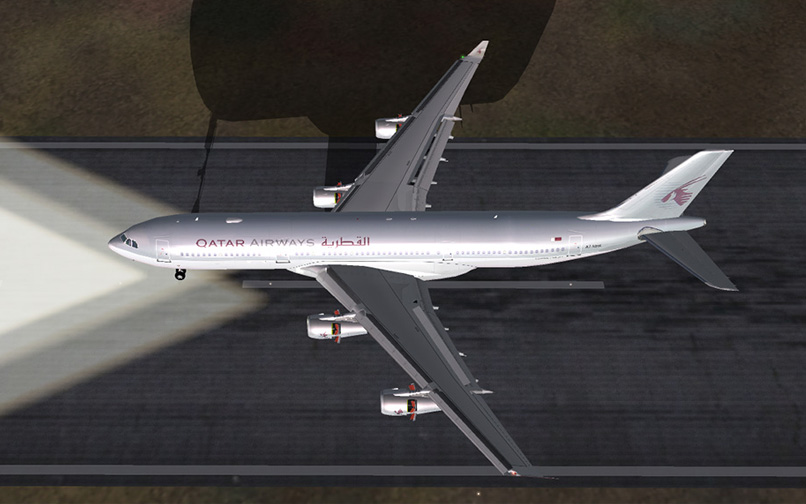
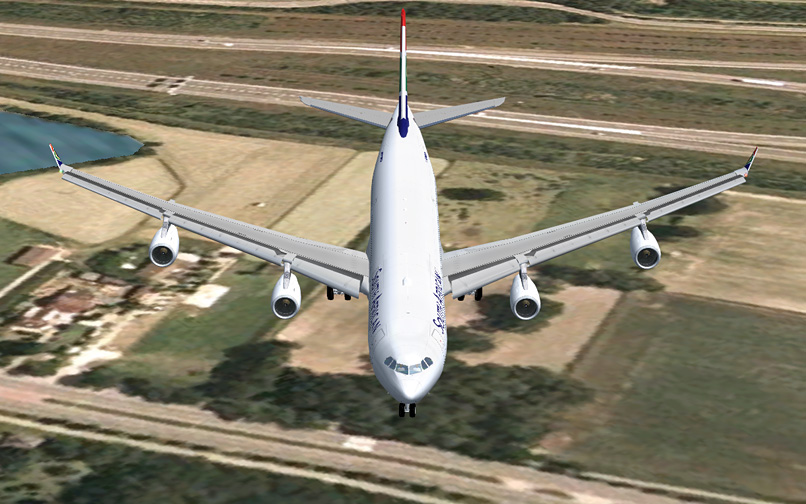
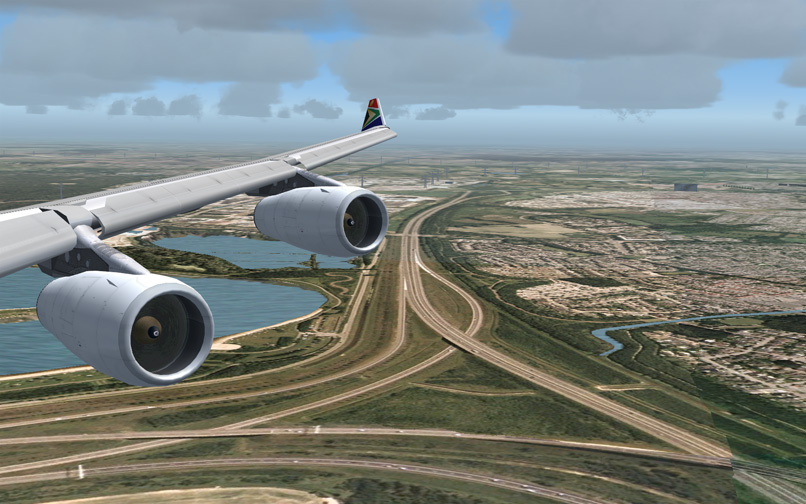
There are no comments for this aircraft